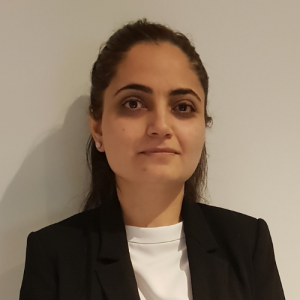Each year MS Australia holds a grant round to select only the top MS research projects to fund. Further information about the comprehensive grant review process is available here.
In 2024, 17 new research grants have been awarded, including new project grants, innovative pilot (incubator) grants, scholarships and fellowships which will run over the next one to three years. Please see below for a summary of these projects.














